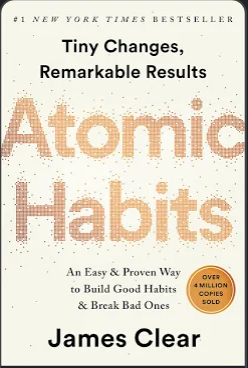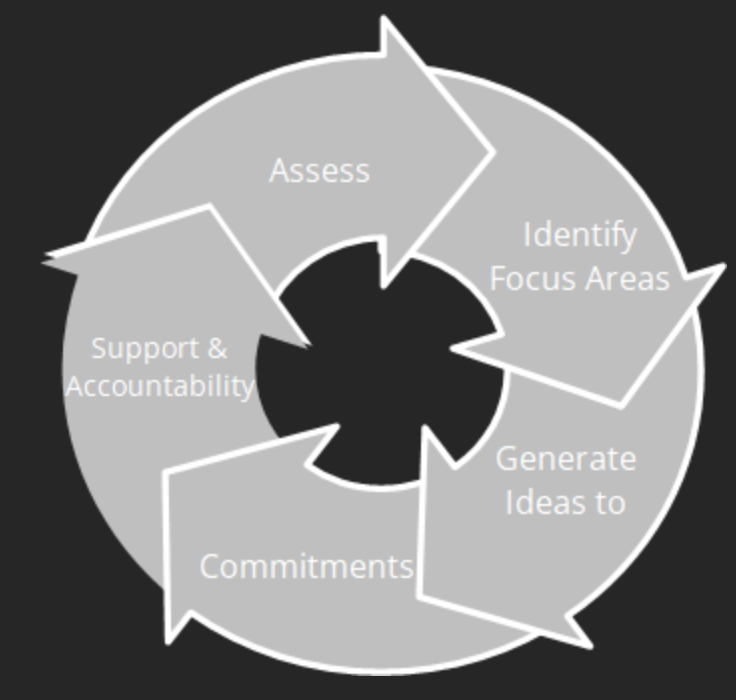
Part I: Standing Strong
Cultivating Enduring Resilience Admist Chaotic Enviornments
Chapter 1: Fostering a Resilient Mindset
Courage: My Zone of Influence
Creativity: Increase Creativity
Collaboration: Relationship Audit
Overview: What resilient people know is that despite all that is going on around them, they get to choose the way that they receive stimuli and respond to it. In our practice, we find that resilient people have some key traits including being courageous in pursuit of their purpose, owning their attitude and cultivating their energy and are creative when faced with change or challenge. Truly resilient people aren’t so in isolation, it’s their connection and collaboration with others which allows them to thrive.
Chapter 2: Check-in & Energy Management
Life Wheel
Energy Audit
Blue Zones
Eat Move Sleep
Burnout Assessment
Overview: If we believe that self-leadership impacts our overall attitude (which we do) and thereby our overall orientation, then we must acknowledge the professional responsibility that we have to take care of ourselves to have a positive impact on those around us. The management of our own energies has a direct effect on the quality of our decisions and allows us to remain connected with people and calm in challenging times because we have a greater depth of renewal from which to draw.
MERPS
4-H Check-In
Look Back / Look Forward
Gratitude
Chapter 3: Managing Our Time
Calendar Audit
Time Management Assessment
Cheese Wheel
Eisenhower Maxtrix
Prioritize Your Life
Overview: Our learning with high performing leaders is that they focus on living with integrity through the choices they make. Our choices are indicative of our priorities. Rather than trying to figure out what a “balanced” life looks like, we can mindfully choose to spend time in a manner that is consistent with our values and priorities. One tool to help leaders make this mindset shift is Calendar Time—small amounts of time spent developing a schedule that prioritizes personal wellbeing.
Chapter 4: Building Positive Habits for Enduring Resilience
Behavioral Change
Atomic Habits
The Power of Habit
Overview: If we have habits we’re looking to change, we start by seeing them – becoming mindful of what we’re doing and why we’re doing it. We own the fact that we can choose our behavior, we create a compelling case to shift our behavior and commit to acting. There are actions we can take to set the conditions for our success in sustaining the new behavior such as establishing visual cues, celebrating small wins, fostering our resilience, and managing our calendars.
Chapter 5: Ideas and Actions, Building your Well-Being Engine, Resilience Tips and Techniques
Well-Being Engine
Personal Assessment
Overview: When taken together, the ideas we’ve shared around resilience, energy and time management, and habit formation allow you to meaningfully complete your own “Well-Being Engine” to enable yourself to maintain high performance and high-quality relationships. Why call it an engine? Engines need fuel, ongoing maintenance, and must be routinely checked – to prevent engine failure and prolong engine life. Similarly, as we mentioned in Chapter 1, resilience is not a fixed state – we must continually assess and invest in our own wellbeing. It takes energy to lead – and tending to our “Well-Being Engine” helps ensure that we have energy to give, now and in the future.




















